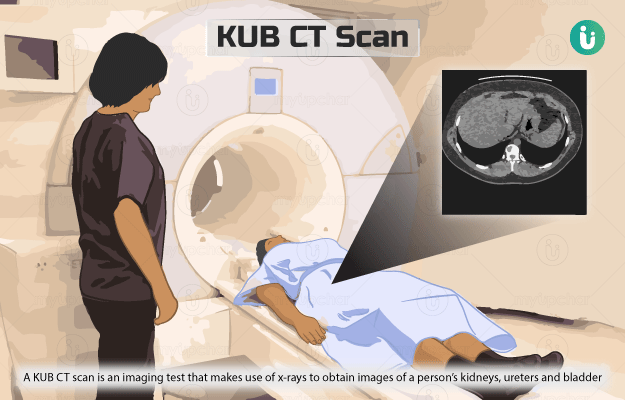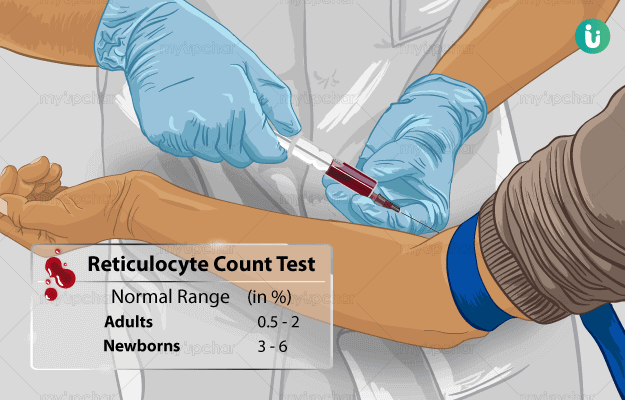Serology tests are those tests that are done to look for the presence of antigens or antibodies against specific microbes in a person’s body. The word serology comes from the word serum which is the liquid part of the blood that is left after removing fibrinogen (the clotting protein). Though serology tests are usually done on blood samples, sometimes other fluids including the urine and cerebrospinal fluid are also used for these tests.
Antigens are any foreign substance including microbes, microbial toxins, dust, and allergens. Sometimes the body starts to see its own healthy cells as antigens—this results in autoimmune diseases. Antibodies are proteins that our immune system makes to fight the antigens and eliminate them from the body.
There are various different kinds of serology tests, depending on what is being tested (antigen or antibody) and how.
Serology tests, specifically antibody tests, are widely being used to find out asymptomatic COVID-19 cases and to look for candidates for convalescent plasma therapy—where the antibodies from a recovered patient are transferred to a person with an active infection for management of the disease.
Read on to know more about serology tests.
Read more: Who can get tested for COVID-19















































